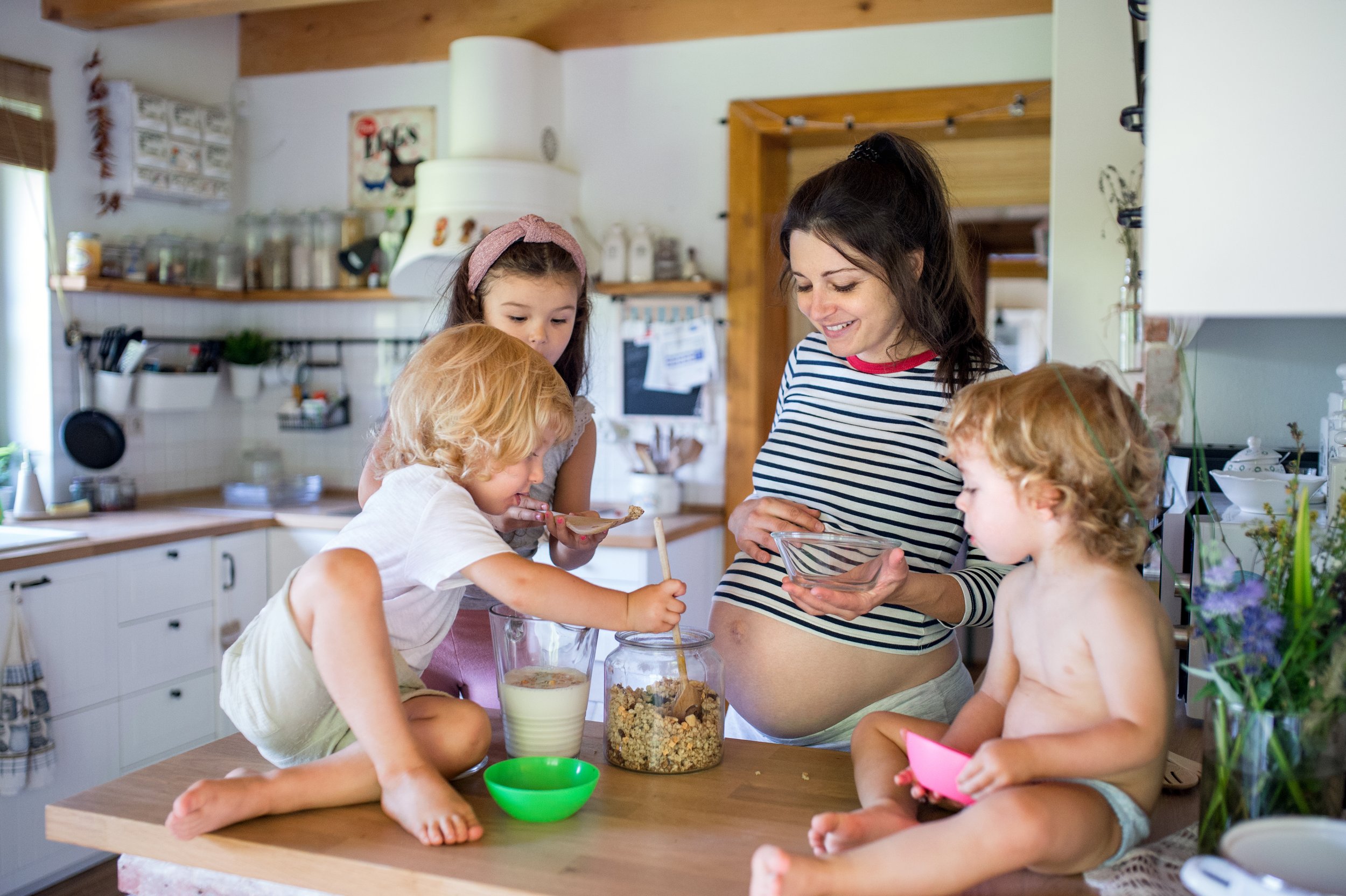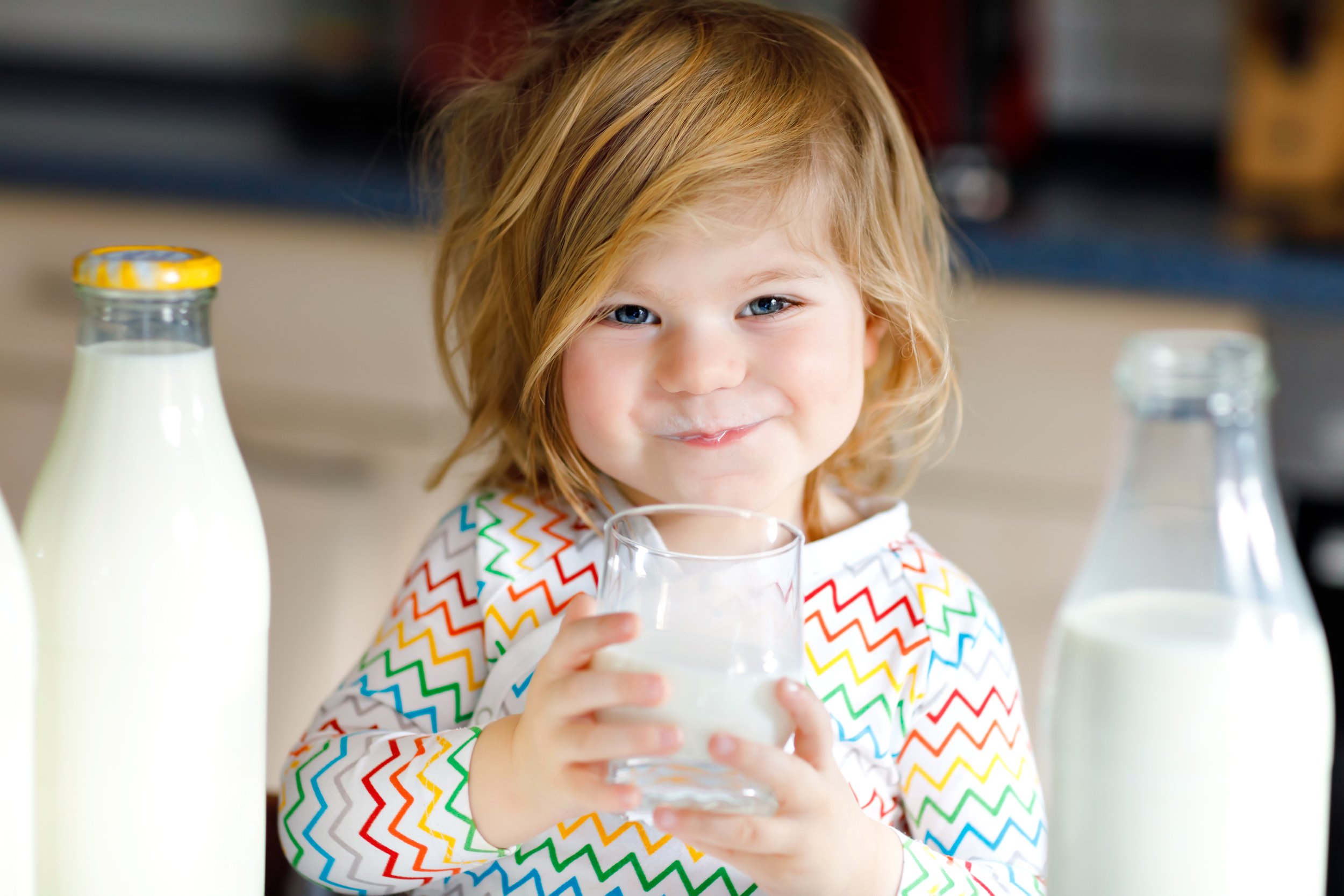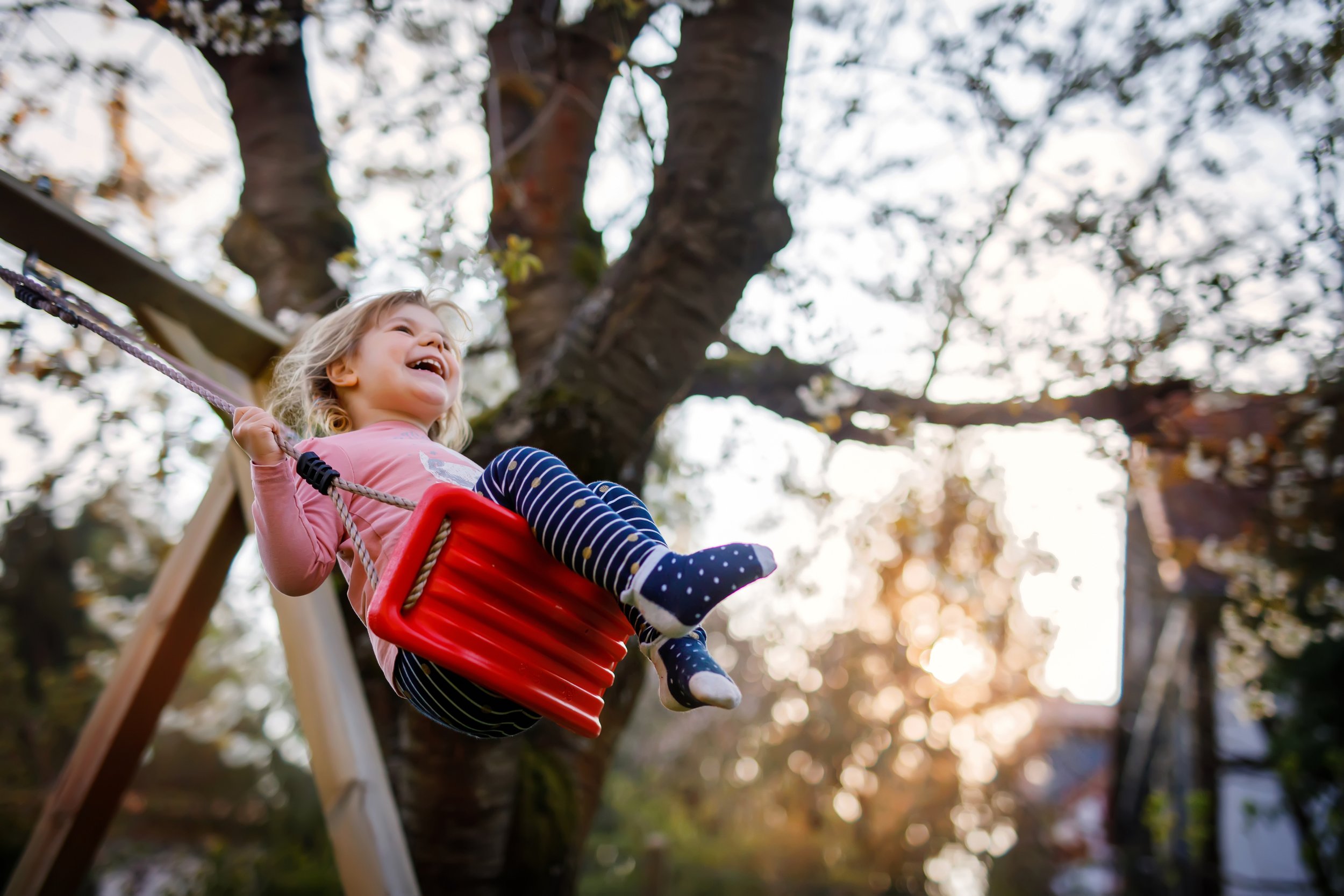Putting 2 Words Together
One of the most anticipated milestones after your little one starts talking is combining words together.
In speech therapy, we say that a toddler is using a two-word phrase when they begin combining words. A two-word phrase is any new combination of two words, such as “baby eat,” “Daddy go,” or “my bubble.”
Most toddlers start combining words into two-word phrases by the age of 2 years old.
It is worth mentioning here that phrases like “I love you,” “Where’d it go?” and “Thank you!” are considered frozen phrases, because children often learn these phrases all together. In speech therapy, we don’t count these as word combinations or sentences.
Help ! My 2 year old is not putting words together yet
The first thing you can do to encourage your little one to start combining words, is to help them grow their vocabulary.
Children typically have between 50 and 100 words in their spoken vocabulary before they’re ready to combine them into two-word phrases. Learning to speak in two-word phrases significantly expands the ideas your toddler can communicate and there are some easy tips you can use at home to encourage your little one to combine words together.
If your toddler isn’t yet saying 50 individual words on their own, I recommend you start with this lesson. You’ll learn one of the best ways to support your toddler as they work towards combining words.
Tips for helping toddlers learn to combine two words together
Once your child is saying at least 50 words on their own, you can try these speech therapy tips to encourage them to beginning combining 2 words together.
You can watch this video, or scroll down if you prefer to read the tips 👌
Tip 1 - Add to what your toddler has already said
The easiest way to work on two-word phrases with your toddler is to add to something they’ve already said. When your toddler says, “Daddy,” they could be communicating one of many possible messages, such as “Daddy, look!” or “Daddy, stop.” We know what they mean based on the context and their tone of voice. When your toddler uses a single word, simply say the word back and add another word to model a two-word phrase.
For example, if your toddler asks “more,” you can say back “more water ” or “more Mama” or “more blocks”, using context as your guide. You can do this for any and all activities throughout the day. Your examples serve as excellent models that your child can later repeat back to communicate more specific messages.
Tip 2 - Model two-word phrases as statements, not questions
Make sure that when you model a two-word phrase, you frame it as a statement and not a question. Listen carefully to your pitch — are you saying “More water?” or “More water!” If you say it like a question, your child will be less likely to imitate you than if you say it as a statement. If you have a tendency to use rising pitch when speaking with your child, it may take some time to change this habit. Don’t feel discouraged, just be mindful and do your best to adjust how you are modeling phrases. Think about it like you’re giving your child a voice, saying what they would say if they could.
Tip 3 - Mix it up! There are many different kinds of 2-word phrases you can model
Lastly, make sure to keep mixing things up! It’s important to teach your child many different ways to combine two words to create different meanings. Let’s look at some examples of how your toddler might combine two words into phrases to tell you a wide variety of things. They might combine two words to describe something, such as “big kitty” or “dirty hands.” They might use two words to reject something, such as “no bath” or “no sleep.” Refer to the written lesson for more examples.
Teaching Toddlers to Put 2 Words Together
At Home Activity Ideas:
We understand that it can feel overwhelming when you’re trying to find time and activities to practice speech and language skills at home!
To help ease some of the burden, we put together 3 easy to implement at home activities for helping your little one learn to combine words. You can download the all 3 activities using the form below (we’ll send a printable PDF copy straight to your email), or you can continue reading here and we’ll walk you through the first activity in our guide!
Download our free activity guide for teaching toddlers to put 2 words together ↓
At Home Activity 1: Add on a word
Materials:
No specific materials.
Pick an activity your child enjoys and is often talking during and gather materials for that activity.
Set-up:
Pick an activity your child enjoys and is often talking during. This can be literally any activity or play activity. You are going to be imitating your child’s words, so ideally pick something that you hear them saying or trying to say words with. Maybe it’s a favorite toy or play activity, maybe it's during bath time or right before bed.
If you can’t think of anything, watch your child today and tomorrow and see if you notice any patterns of when they seem to talk more (during certain activities or times of day). For example some kids seem to “talk” a lot after being picked up from daycare, or when they walk with you to the park. Capitalize on these natural moments.
What to do:
Almost anything your child says, you can expand on, just a little.
Pick a 10 minute window in your day, and practice this concept.
After choosing an activity, have all the materials ready and invite your child to come and play with you.
Get ready to imitate what your child is saying, but to model a slightly more complete/complex version of what they’re trying to communicate.
Your child is often using a single word to communicate a whole idea. For example they can say “milk” to communicate all of the following ideas, based on context, and some changes to intonation:
I want milk
More milk
I like milk
I see milk
Is that milk?
Baby’s milk
Milk spilled
That’s pretty amazing actually! When your child says this one word “milk”, your job typically is to determine which of these ideas they’re really trying to communicate! And you are usually correct, based on context clues. That’s also amazing! You understand your child so well :)
So for this activity, you are going to take that one word your child says, and model the phrase that matches the internal idea that your child is thinking and trying to communicate .
What to say:
Within that activity, anytime your child says one word, you are going to expand on it, making it just slightly more complete and complex. They say one word, and you model their idea with 2 (or maybe 3 ) words.
The example of your child saying milk, would look like this. They say “milk” and you model one of these phrases, based on what you think they're trying to communicate
I want milk
More milk
I like milk
I see milk
Is that milk?
Baby’s milk
Milk spilled
You're at the park and they say “swing!” . What do they mean? Model that. Like this:
I see swing
Want swing
Let's go swing
My turn swing
Get off swing
Push me on swing
Daddy swing
Sister swing
Ow, fell off swing
Swing broken
Bye bye swing
Within 10 minutes of playtime, let’s see how many single words you can expand on!
Across this activity, your child may imitate some of your 2-word phrases. Or they may not. But even if they don’t, you are still setting the stage for this level of verbalization, and they will soon try it as well. Just keep at it!
Eventually, you want to try to infuse this level of expansion modeling throughout most/all of your day. But starting with 10 minutes at a time is a great start.
I challenge you to try to use a variety of word types (adjectives, nouns and verbs) to expand on your child’s single words.
Get 2 more free activities with our guide for teaching toddlers to combine words together ↓
You May Also Like These At Home Speech Therapy Guides:
Created In Collaboration By:
Stephanie Keffer, MS CCC-SLP
Stephanie Burgener-Vader, MA CCC-SLP
Melissa Sartori, MS CCC-SLP
Yvette Faire-Bostick, MS CCC-SLP
© 2020-2025. Stephanie Keffer Hatleli, MS CCC-SLP. All Rights Reserved.
The content offered on ToddlerTalk.com is for informational purposes only. Toddler Talk is not engaged in rendering professional advice, whether medical or otherwise, to individual users or their children or families. No content on this site, regardless of date, should ever be used as a substitute for direct medical advice from your doctor, speech language pathologist, or other health professional. By accessing the content on ToddlerTalk.com, you acknowledge and agree that you are accepting the responsibility for your child’s health and well-being. In return for providing you with information related to home speech and language practice, you waive any claims that you or your child may have as a result of utilizing the content on ToddlerTalk.com.






